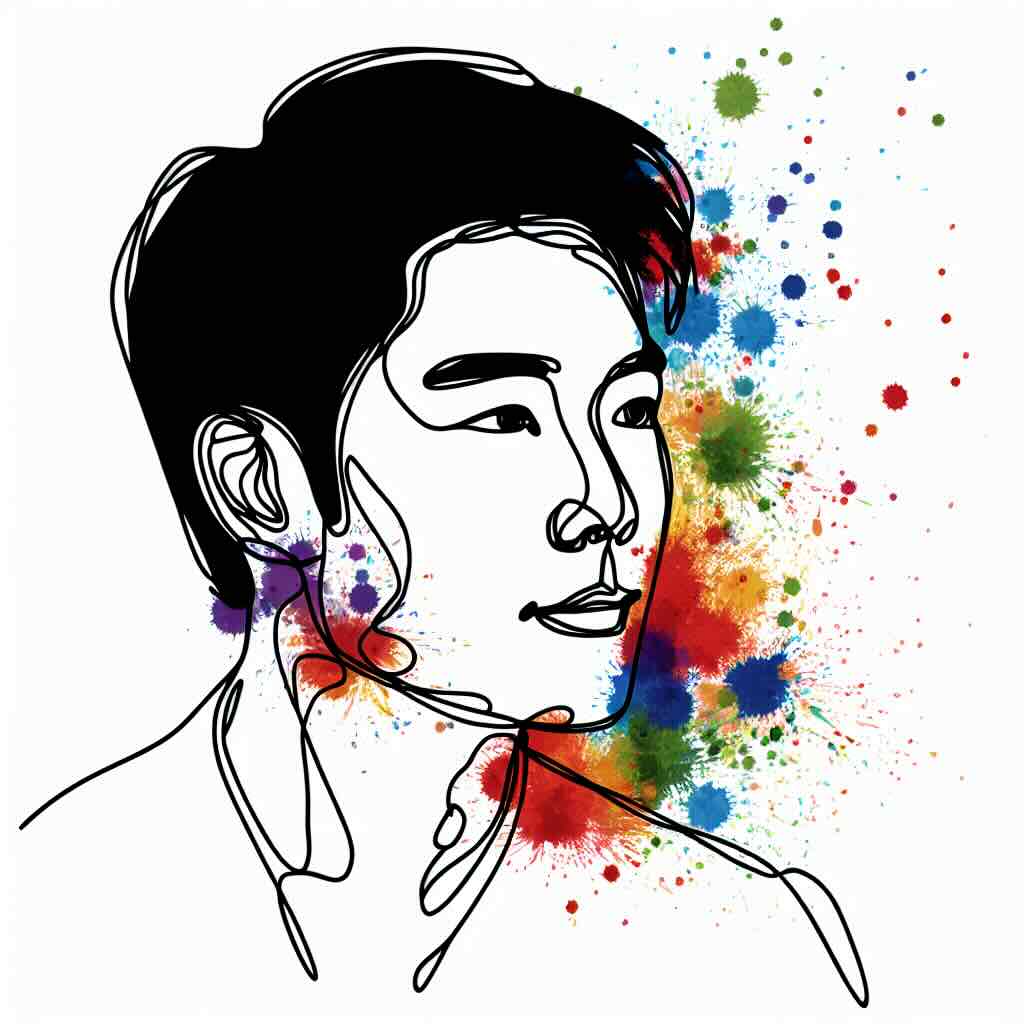Continuous improvement in instructional design is pivotal for creating impactful and engaging learning experiences. This blog post will guide you through the concept of iterating your instructional design process, offering practical steps and insights to ensure your instructional strategies remain effective and up-to-date.
Table of Contents
1. The Importance of Continuous Improvement
2. Incorporating Feedback into Your Process
3. Leveraging Data and Analytics
4. Collaborative Refinement
5. Testing and Tweaking Your Designs
6. Benefits
7. Risks
8. One Thing You Can Try Today
9. Conclusion
10. Try it Yourself
11. Related Topics
The Importance of Continuous Improvement
Continuous improvement is the backbone of successful instructional design. By constantly refining your approaches, you can ensure that your materials stay relevant and engaging. The key lies in maintaining an iterative process that actively integrates learner feedback and industry trends. Instructional design isn’t a one-off task but rather a cycle of development, evaluation, and refinement. Each iteration brings you closer to perfection, making your courses more effective and learner-centric.
Incorporating Feedback into Your Process
Feedback is an invaluable resource that can inform and guide your instructional design models. Begin by actively seeking feedback from your learners and stakeholders. Utilise surveys, focus groups, or even informal verbal feedback sessions. This information will be essential for identifying areas of improvement. Once you gather enough data, categorise feedback into actionable insights. Integrate these insights into your next round of content creation and adjust your instructional materials accordingly. This continuous loop of feedback and iteration ensures that your designs evolve to meet the needs of your learners.
Leveraging Data and Analytics
Data and analytics offer a wealth of information that can help fine-tune your instructional design process. By analysing learner behaviours, engagement rates, and performance metrics, you can identify patterns and areas that may require adjustments. Use tools like Learning Management Systems (LMS) to gather detailed analytics. Assess which components of your course are being well-received and which ones are falling short. Analytics can offer a more objective lens through which you can evaluate your materials, making it easier to implement data-driven decisions for your course improvements.
Collaborative Refinement
Collaboration is a cornerstone of continuous improvement. Engage with other instructional designers, educators, and subject matter experts to refine your designs further. Schedule regular meetings and workshops to review your instructional materials. Peer reviews can provide new perspectives and innovative ideas that you might not have considered. Collaborative efforts can also foster a supportive environment where shared experiences and collective knowledge lead to higher quality instructional products.
Testing and Tweaking Your Designs
The iterative process thrives on testing and tweaking. Testing your instructional designs in real-world learning environments will provide concrete insights into their effectiveness. Pilot programs and A/B testing can help identify which elements contribute most positively to learner outcomes. Be prepared to make quick adjustments based on the results of these tests. An agile approach allows you to implement small changes rapidly, ensuring that your instructional materials remain dynamic and highly effective.
Benefits
The continuous improvement approach offers numerous benefits. Primarily, it ensures that your instructional materials remain relevant and engaging. It fosters an environment of constant learning and innovation, contributing to higher learner satisfaction and better educational outcomes. Additionally, an iterative process strengthens your adaptability, enabling you to quickly respond to new challenges and opportunities in the educational landscape.
Risks
While the continuous improvement approach has immense benefits, it also comes with potential risks. Time constraints can make it challenging to implement frequent iterations. There's also the risk of becoming overly focused on fine-tuning details at the expense of the broader instructional goals. Therefore, it’s crucial to strike a balance between continuous improvement and maintaining the overall structure and objectives of your course.
One Thing You Can Try Today
Try mapping out a feedback loop for one of your courses. Create a simple survey and distribute it to a small group of learners. Collect their responses and identify one or two areas for improvement. Make those changes and re-test with another group to see if there's an improvement. It’s a small yet effective step in embracing the iterative process.
Conclusion
Continuous improvement and iteration in instructional design are essential for developing engaging and effective learning experiences. By incorporating feedback, leveraging data, collaborating with others, and testing your designs, you can create a dynamic learning environment that evolves with the needs of your learners.
Try it Yourself
1. Identify one course you’ve designed recently.
2. Gather feedback using a survey or focus group.
3. Implement at least one change based on that feedback and observe the results.
Related Topics
- Agile Instructional Design
- Leveraging Educational Technology
- Effective Feedback Mechanisms
- Data-Driven Decision Making in Education
- Collaborative Learning Environment
By following these steps and incorporating continuous improvement into your instructional design process, you can significantly enhance your educational offerings, leading to more effective and engaging learning experiences for all.







